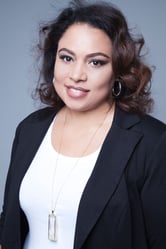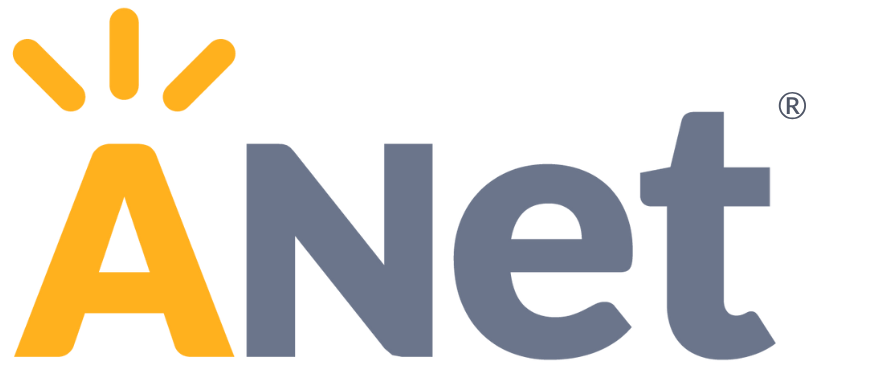
To celebrate National Bilingual/Multilingual Learner Advocacy Month, we sat down with ANet’s resident expert, Dr. Ayanna Cooper Director of Multilingual Learners / English Learners, to talk about what we can do to better serve our linguistically diverse students. This is part of a five-part series with Dr. Cooper throughout April.
Read part two here.
Read part three here.
Read part four here.
Read part five here.
Let’s set the scene. Can you provide some context over what acronyms we use to talk about multilingual learners and the context around who we’re supporting?
This is a great time of year to acknowledge and celebrate linguistic diversity since April is National Bilingual / Multilingual Learner Advocacy Month. About 5 million students in the primary and secondary schools in the U.S. are identified as English learners (EL). This means that students have a primary home language other than English and are eligible for language support services. This distinction is different from native English speakers who are studying a foreign language. Being eligible for language support services means that learning communities are obligated to provide students with language supports to help them learn English while having access to a high-quality, standards-based education.
The U.S. Department of Education, and several states, currently use the acronym “EL”. This acronym is just one of many that are used to refer to this particular student population. Additional acronyms include;
- Dual Language Learner (DLL) birth - 5yrs.
- Emergent Bilingual (EB)
- English Language Learner (ELL)
- English as a New Language (ENL)
- English as a Second language (ESL)
- English to Speakers of Other Languages (ESOL)
- Multilingual Learner (ML)
- Long Term English Learner (LTEL)
This is not at all an exhaustive list and can sometimes be a bit confusing. Terms and acronyms may differ by region, state, district, and school communities. They may also be used to refer to a student population, courses or a particular program model.What’s most important is to learn what acronyms and terms are used by our partners. It is also important to ask students and families directly what terms they prefer. For more about acronyms see Support Ed’s (2023) research brief. At Achievement Network, we use the acronyms ML and EL interchangeably. Although acronyms change over time, it is imperative that we don’t lose sight of obligations for linguistically diverse learners. Our goal is to support improved student outcomes so that students become self-sufficient, autonomous, life-long learners.
Linguistically diverse students are not a monolithic group. They differ not only by language but also by culture, race, socioeconomic status, and schooling experiences. The majority of ELs are born in the United States. This may be surprising based on current migrant and unaccompanied minor trends. In addition to acronyms, some districts use terms, such as Bilingual, Monolingual, or Newcomer to describe their student population. For example, Newcomers are usually ELs who have been enrolled in a U.S. school for 12 months or less. There are slight variations in how newcomers are defined. Be sure to check with your state department or local school district.
Top 20 Languages
What’s important for educators to remember is first, be able to quantify the population served. Asking quantifiable questions (Cooper, 2020 p.11) about the population is a great starting point for understanding the context and to increase one's efforts to better serve linguistically diverse learners. Here are some of the quantifiable questions you can ask:
- the number of students identified
- grade levels assigned
- levels of English (and home language proficiency if available)
- if they are served with an Individual Education Plan (IEP), gifted & talented
I’m interested to hear what questions (and answers) have you asked and what related conversations have you had around supporting linguistically diverse learners. Feel free to fill out this form with any questions or comments you have about supporting linguistically diverse learners.
Resources
Cooper, A. (2020), And Justice for ELs: A Leader’s Guide to Creating and Sustaining Equitable Schools. Thousand Oaks, CA: Corwin
National Bilingual / Multilingual Learner Advocacy Month
Snyder, S., Staehr Fenner, D., Smith, S. & Singh, J. (2023, March). Terminology to Describe Multilingual Learners: Labels and Their Implications. SupportEd.
U.S. Department of Education, National Center for Education Statistics. (2023, February). The top languages spoken by English learners in the United States. Retrieved from https://ncela.ed.gov/sites/default/files/2023-02/OELATopLanguagesFS-508.pdf
